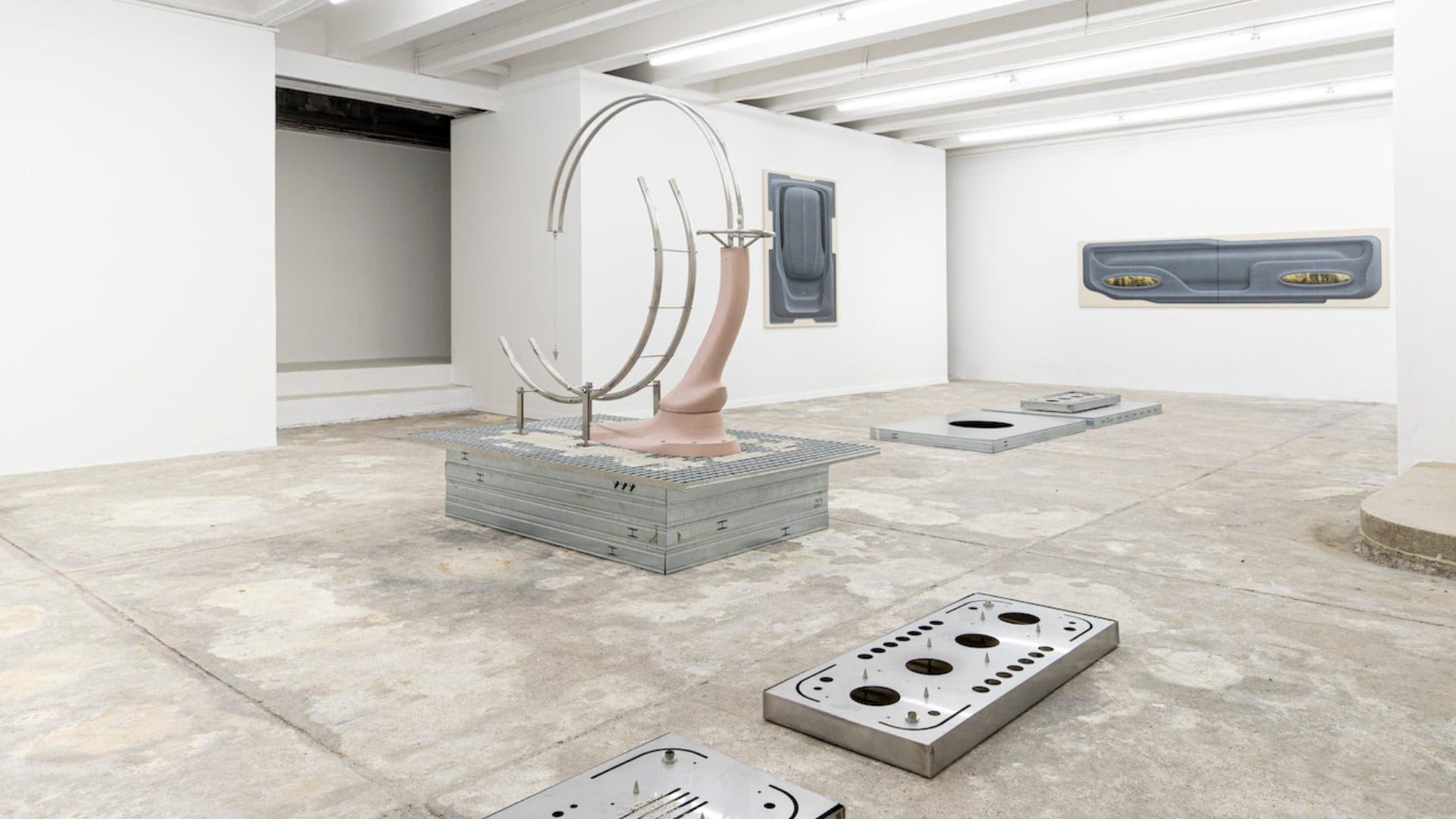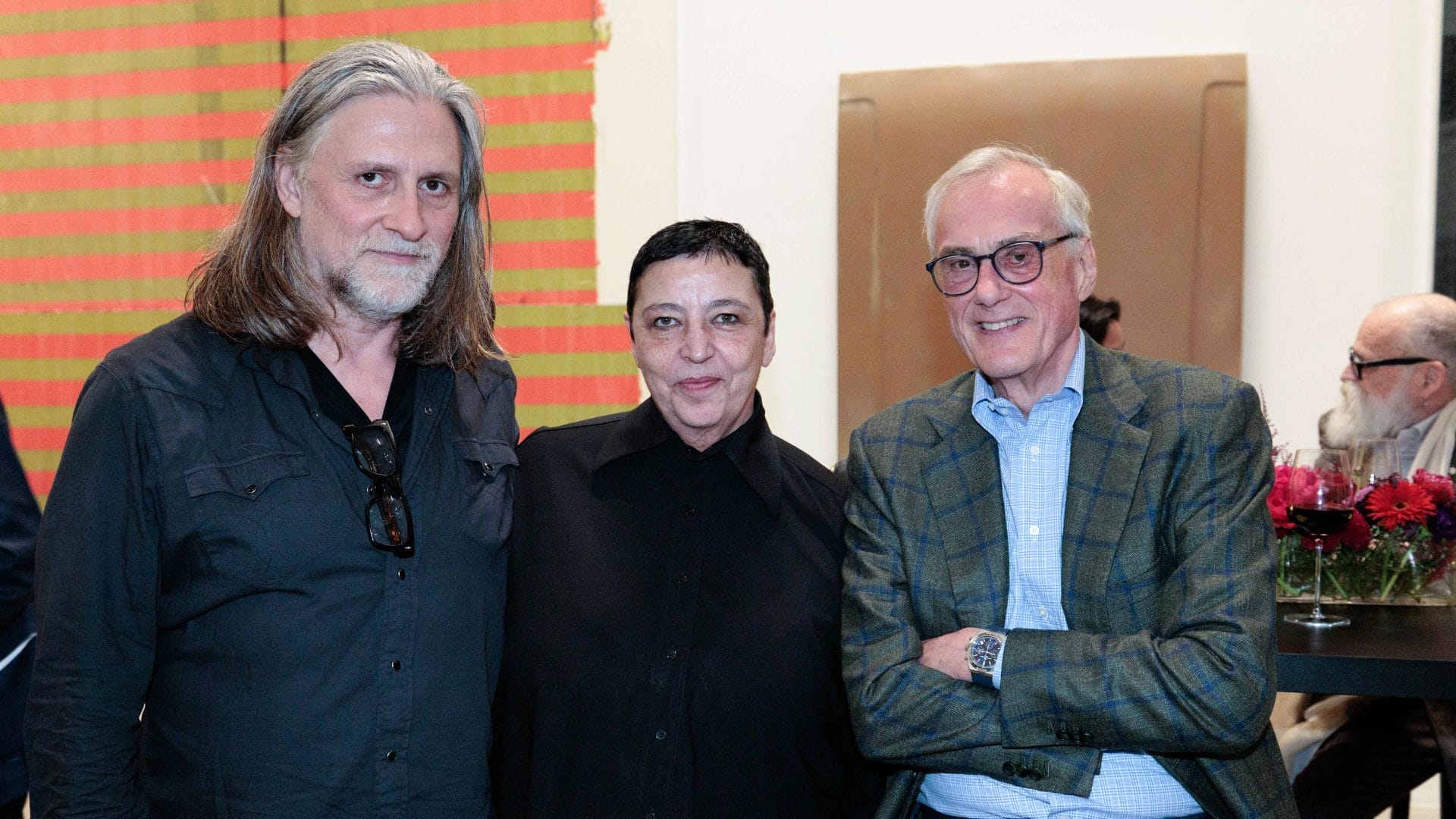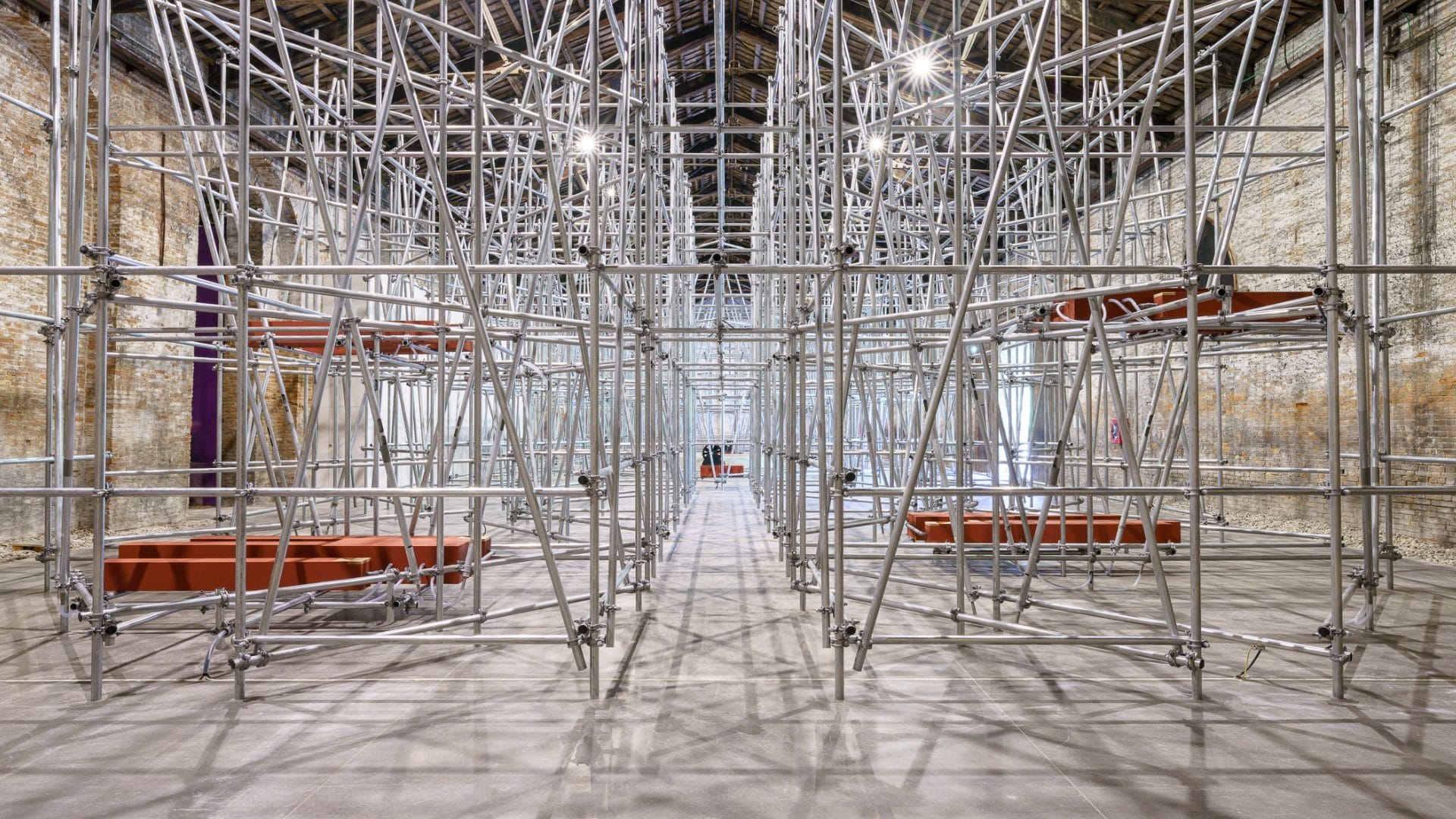
7 Must-See 2024 Venice Biennale Pavilions
Set against the timeless splendor of Venice, the 2024 Biennale emerges as a dynamic showcase of contemporary art trends and global conversations. This year’s theme, “Strangers Everywhere,” curated by Adriano Pedrosa, investigates the complexities of identity, belonging, and the ever-present feeling of being an outsider.
As global movements reshape our world, this theme resonates across the diverse pavilions, each presenting unique insights into these shared human experiences. In the following article, we aim to highlight seven standout pavilions, through which dynamic narratives challenge our perceptions and invite us to consider our role in a world where change is the only constant.
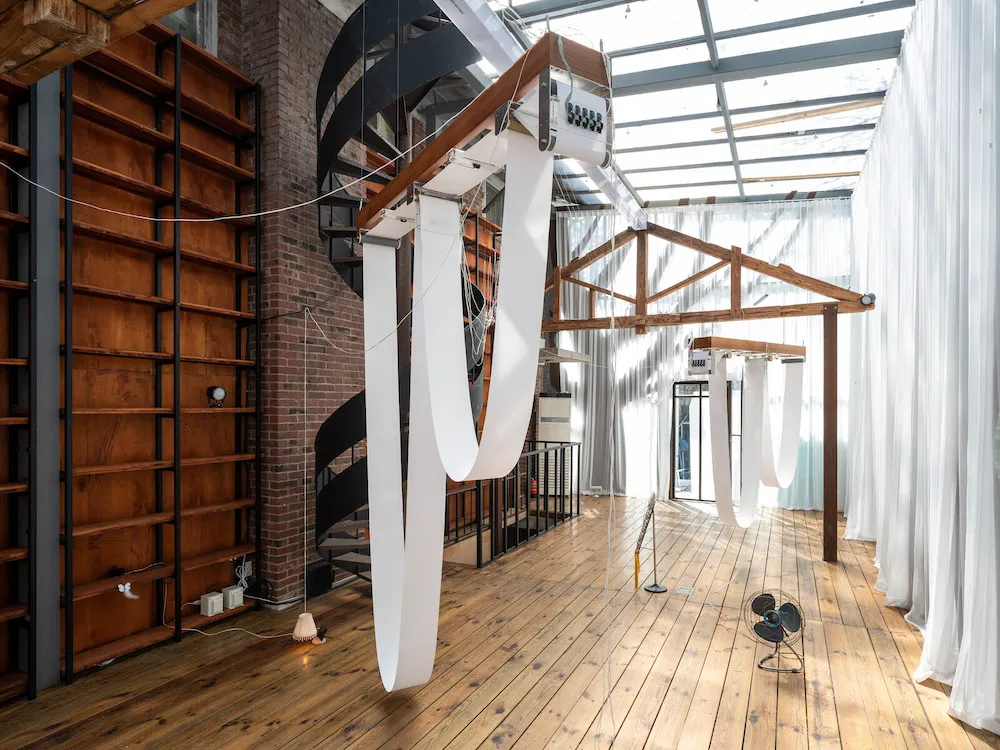
1.The Japanese Pavilion: Yuko Mohri’s “The Secret Symphony of Nature”
The Japanese Pavilion offers a unique sensory exploration with “The Secret Symphony of Nature,” curated by Sook-Kyung Lee and created by artist Yuko Mohri. This exhibition explores the less visible, often ignored rhythms of the natural world. Mohri, renowned for her skill in manipulating unseen forces like magnetism and gravity, shifts her focus to water, showcasing its integral role in human and nature interplay.
The experience begins with a multisensory greeting—a fragrance reminiscent of a damp forest floor, setting a rich, immersive backdrop. The central installation features aquatic sculptures that incorporate traditional Japanese ‘Kintsugi’—the art of mending broken pottery with gold lacquer, symbolizing beauty in imperfection. Mohri reinterprets this technique, directing water through a variety of everyday objects such as rain boots, umbrellas, light bulbs, and fans. These items are configured to create intricate, unpredictable water paths that produce a soft, musical tinkling as they interact with the flowing water.
Beside this water orchestra, an innovative display features decaying fruit connected to electrodes. As the fruit breaks down, it emits electrical impulses that are converted into a quirky, playful polyphony that fills the space. This element not only enriches the dialogue on decay and rebirth but also serves as a metaphor for the life cycle and the ongoing interaction between man-made settings and the natural world.
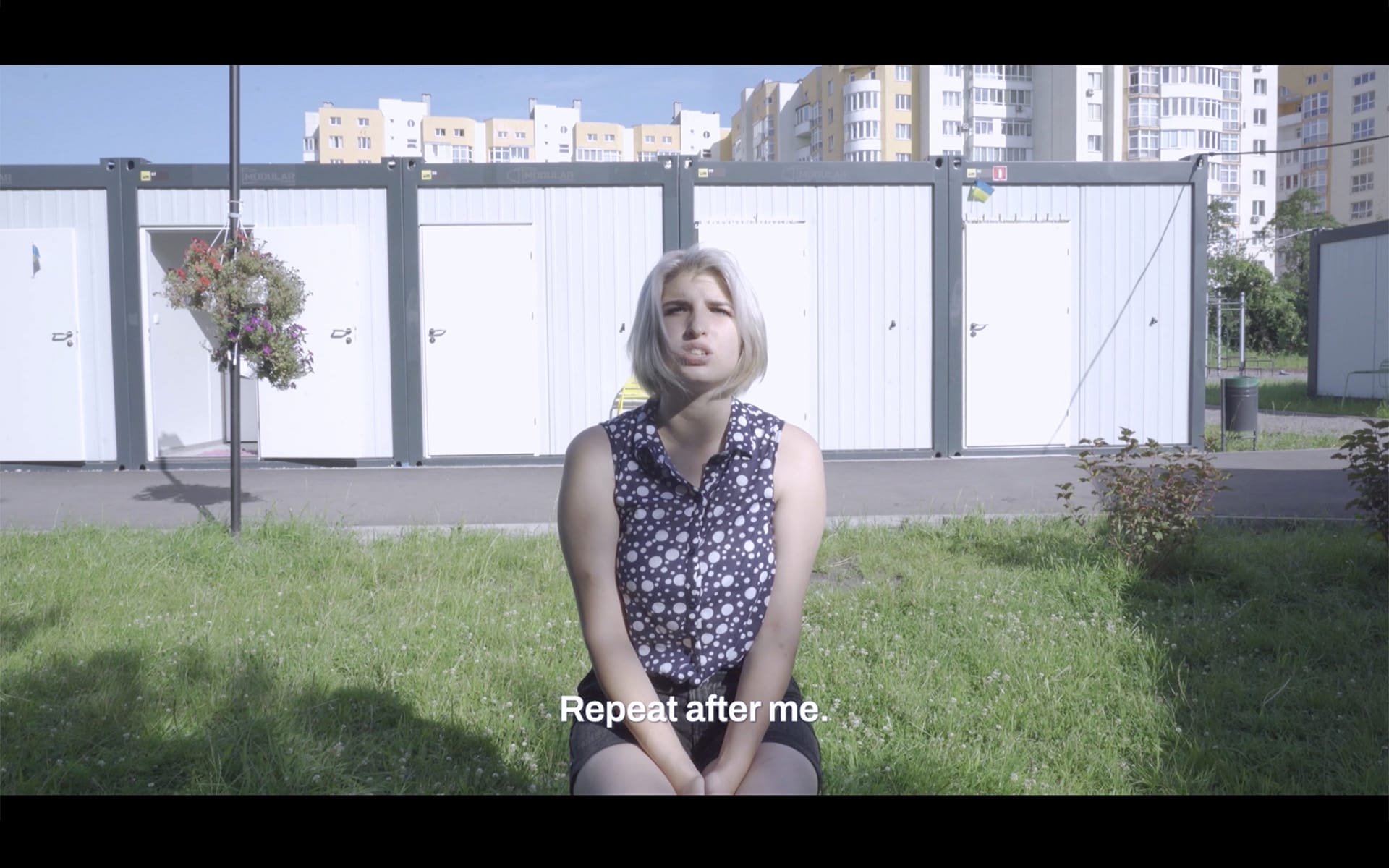
2.The Polish Pavilion: “Repeat after Me II” by Open Group
The Polish Pavilion presents “Repeat after Me II,” an evocative installation that captures the harsh realities of the ongoing war in Ukraine. This poignant work by the Ukrainian artist collective Open Group plunges visitors into the visceral echoes of conflict through an immersive audio-visual experience.
The installation features two video displays where Ukrainian war refugees vocalize the unsettling sounds of warfare—bullets, cannon fire, sirens, and explosions. These auditory replications serve as a haunting reminder of their traumatic experiences, acting simultaneously as a memorial and a bold protest against the normalization of conflict. The sounds, all too real for those involved, are amplified throughout the space by a series of microphones, creating a somber atmosphere reminiscent of a grim karaoke session where the echoes of war are the lyrics.
Curated by Marta Czyż, the pavilion transforms into a confrontational space that challenges visitors to engage fully with the disquieting sounds of battle. This direct and immersive approach not only preserves the intense sensory experiences of war but also compels visitors to face the deep emotional and psychological impact these experiences have on those who endure them daily.
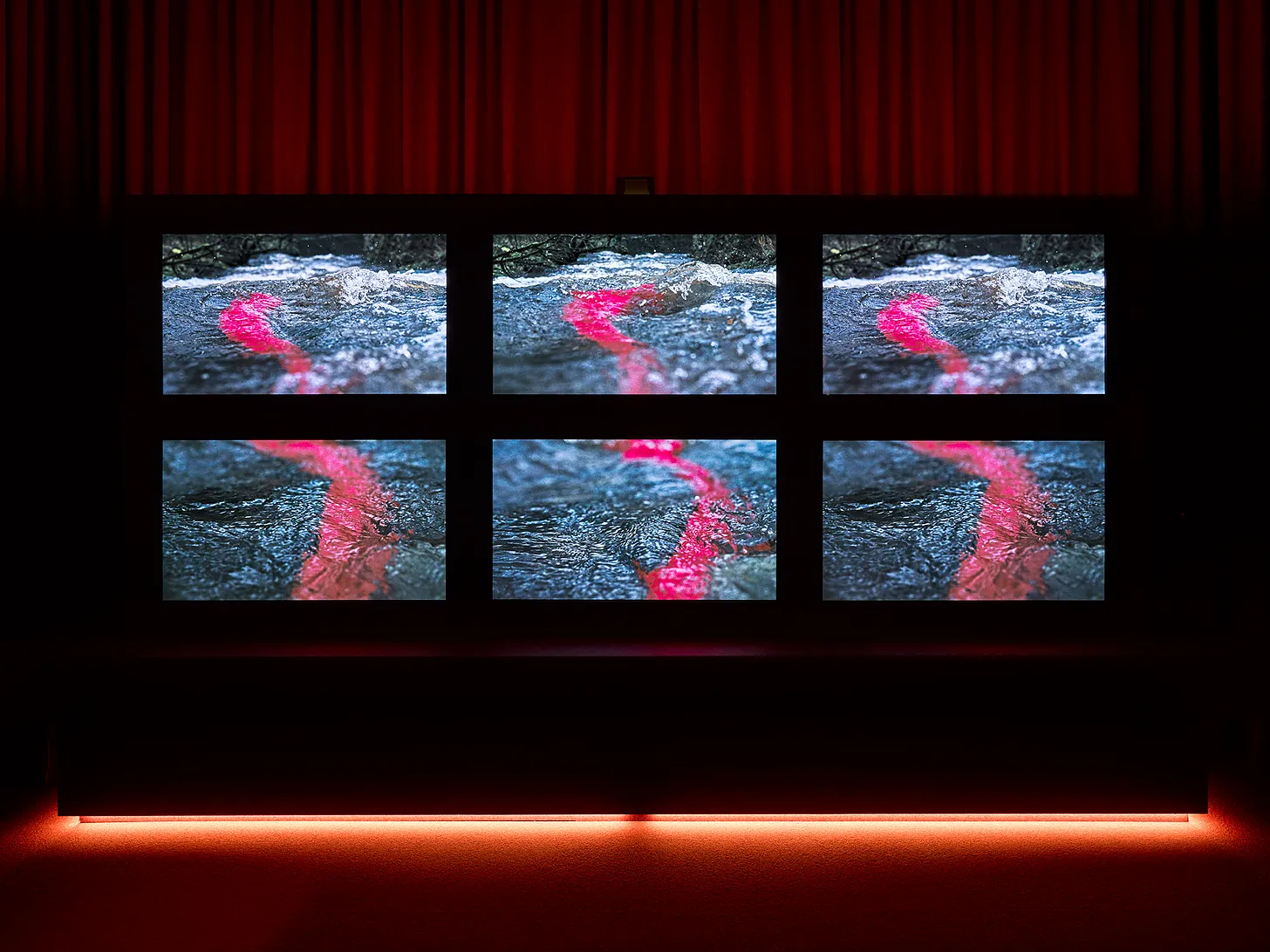
3. The british pavilion: John Akomfrah’s “Listening All Night to the Rain”
The 2024 Venice Biennale, the British Pavilion showcases “Listening All Night to the Rain,” a thought-provoking installation by Anglo-Ghanaian artist and filmmaker John Akomfrah. Known for his impactful multimedia works that merge historical footage with imaginative elements, Akomfrah crafts an immersive environment focused on diaspora, memory, and environmental consciousness.
The exhibition is structured into five Cantos, each representing a different continent. Through this framework, Akomfrah weaves together the stories and cultural contributions of diasporic communities, set against the backdrop of British colonial history. This narrative journey through sound and water highlights the interconnectedness of global cultures and the shared experiences across geographic and cultural divides.
A central feature of the pavilion is a dynamic listening experience, symbolized by a Rastafarian song performance that anchors a multi-sensory journey through the sounds of rain in various landscapes. The soundscape blends natural water sounds with both traditional and contemporary music, inviting visitors to reflect on water’s role in shaping and nurturing cultures around the globe.
Akomfrah’s approach aligns subtly yet powerfully with the Biennale’s theme, “Strangers Everywhere.” By focusing on diaspora, he emphasizes the fluidity of identity and the ongoing dialogue between our past and present. The pavilion becomes a contemplative space for considering migration, the continual creation of community, and the role of shared histories and water as a universal symbol.
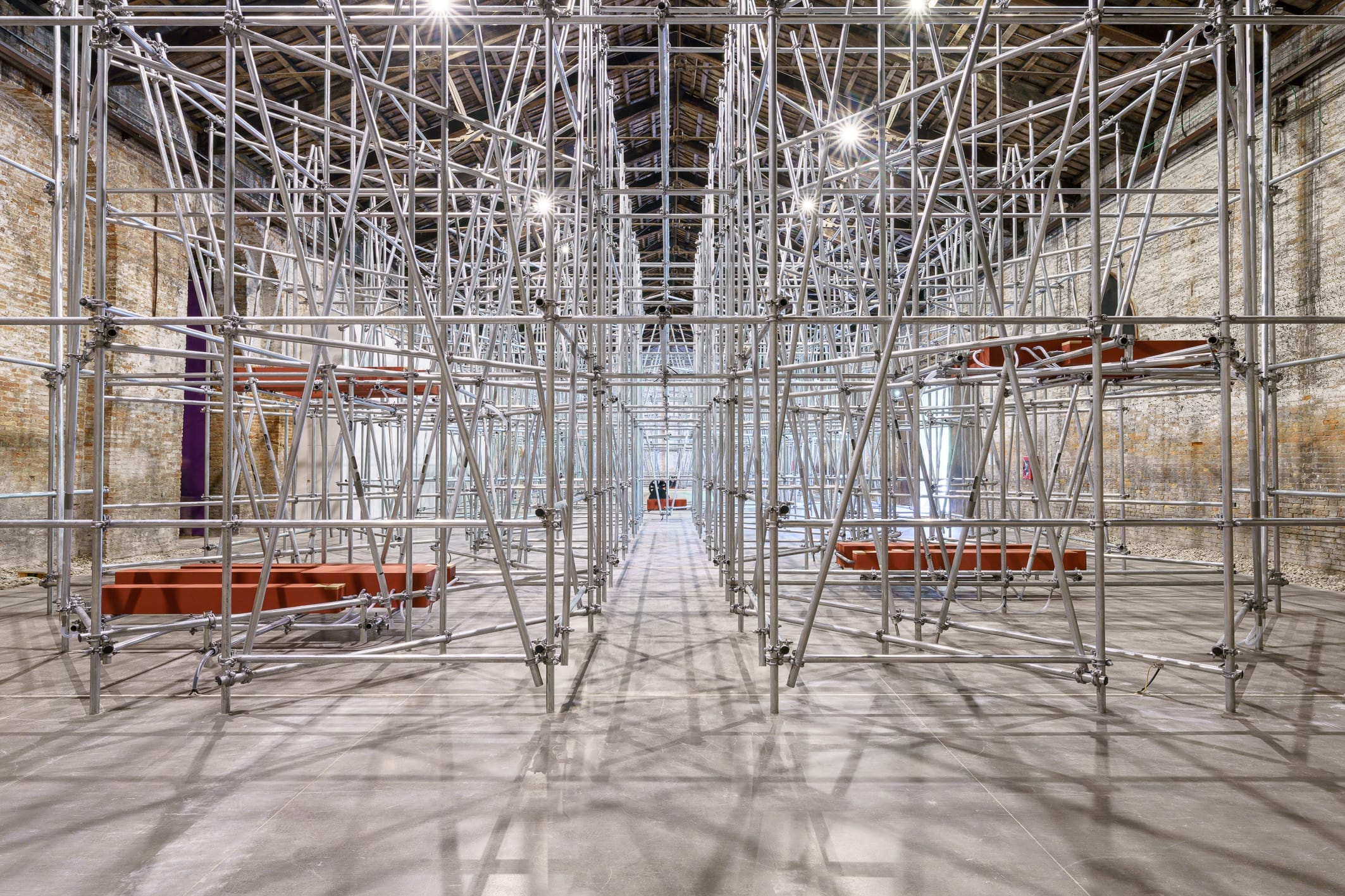
4. The italian pavilion: Massimo Bartolini’s “Due qui/To Hear”
The Italian Pavilion presents “Due qui/To Hear,” a serene meditation on the art of listening and the virtue of pause, conceptualized by Massimo Bartolini and curated by Luca Cerizza. This pavilion stands as a tranquil enclave within the bustling atmosphere of the Biennale, urging visitors to immerse themselves in both sound and silence.
Massimo Bartolini, known for his captivating installations that transform environments, crafts a space devoted to sensory exploration and reflective thought. The pavilion is thoughtfully segmented into three areas, each orchestrating a unique auditory experience. Visitors can enter through the main gate, where they are greeted by a statue of a Bodhisattva thinker, poised at the start of a long organ pipe, or they can opt for the serene Garden of Virgins, another reflective space within the pavilion, encouraging personal discovery and interpretation.
The focal point of Bartolini’s work is an intricate labyrinth constructed from metallic tubes repurposed from scaffolding, reengineered to function as an organ. This installation leads to a central circular pool where a repetitive wave generates a calming, meditative soundscape. The organ tubes produce a harmonious sound that, along with the visual rhythm of the wave, ties into the Biennale’s theme of “Strangers Everywhere,” reflecting the universal and unifying elements of music and natural cycles.
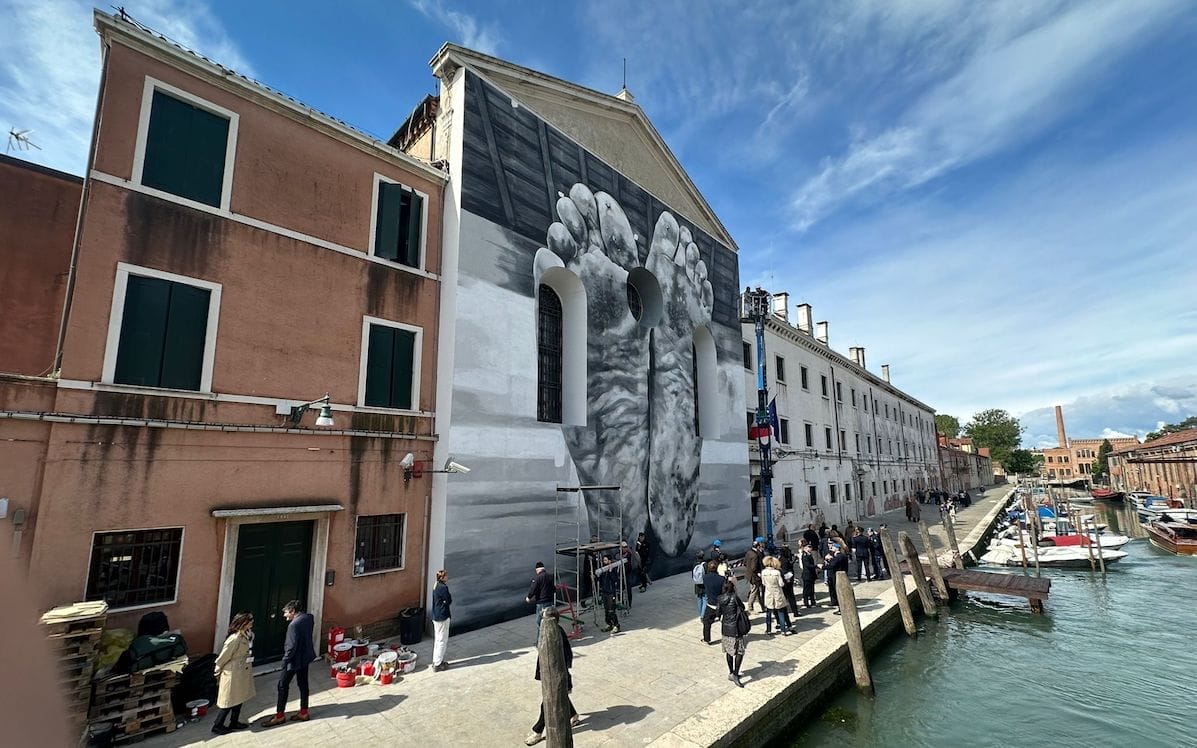
5. The vatican pavilion: “with my own eyes”
The Vatican Pavilion addresses the compelling theme of human rights and marginalization with its exhibit “With My Own Eyes.” This installation features a significant collaboration among diverse artists, curated by Chiara Parisi and Bruno Racine, and is overseen by Cardinal José Tolentino de Mendonça as commissioner.
Uniquely situated within the Women’s Prison on Giudecca Island, the setting underscores the themes of confinement and liberation, forming a poignant backdrop to the exhibition. The involved artists, including Maurizio Cattelan, Bintou Dembélé, Simone Fattal, Claire Fontaine, Sonia Gomes, and others, use the evocative space to tackle broad social and human rights issues. Their works engage directly with the space and the Biennale’s overarching theme of “Strangers Everywhere,” shedding light on the often-neglected stories of those on the margins of society.
This year’s pavilion draws inspiration from Pope Francis’s call for a “culture of encounter,” prompting visitors to connect with narratives and perspectives that are often overlooked or dismissed. The collaborative approach of the exhibition allows for a rich exploration of vision and visibility, challenging attendees to view the world through the eyes of the ‘other’ and to reconsider their own views on exclusion and marginalization.
The inclusion of works by the late Corita Kent adds depth to the ongoing dialogue between contemporary and historical fights for justice and human dignity. As such, the pavilion serves not just as a reflective space on the continuing injustices in our societies but also as a symbol of hope and change, advocating for a more inclusive and empathetic world.
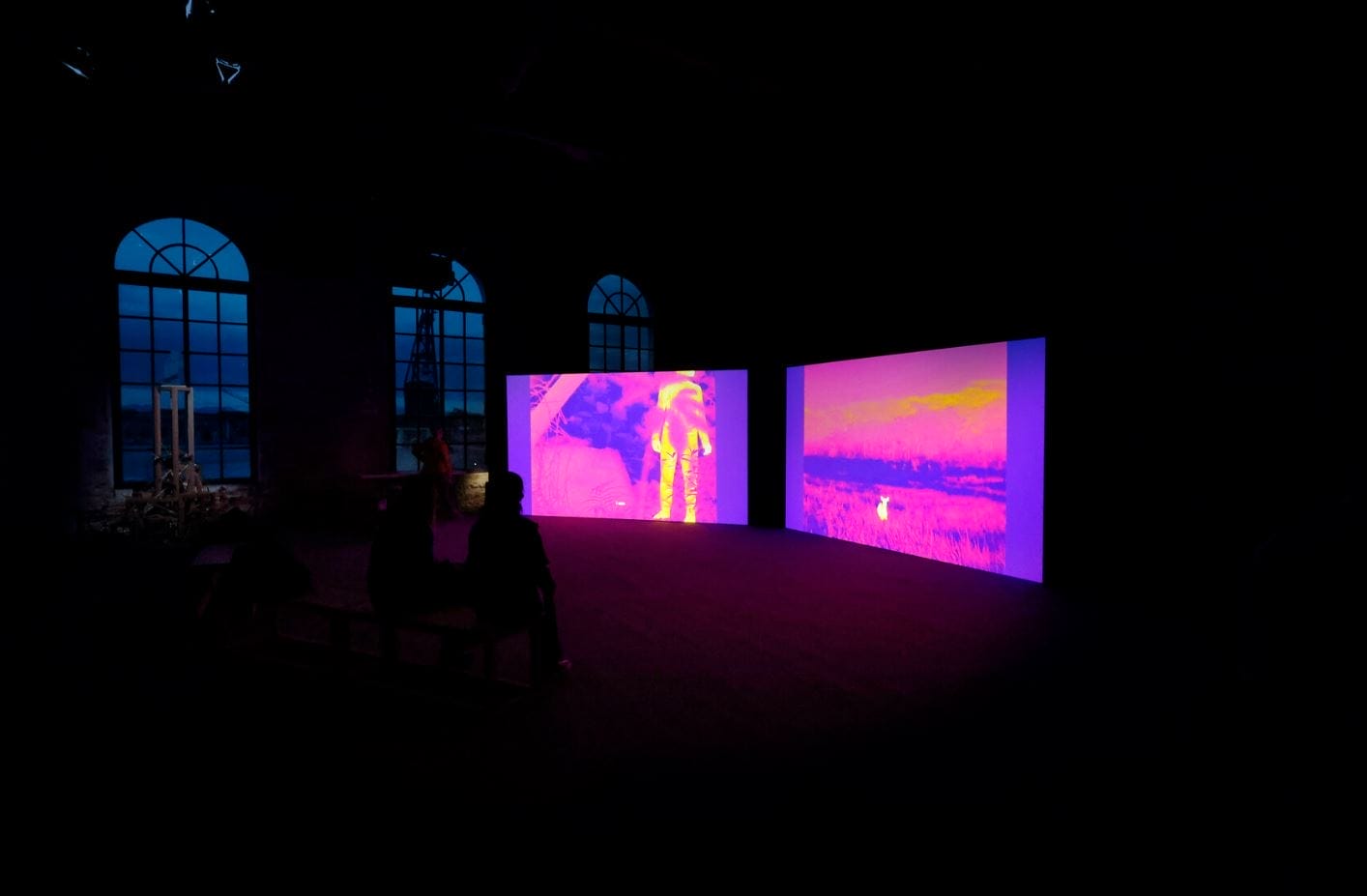
6.The Singapore Pavilion: Robert Zhao Renhui’s “Seeing Forest”
The Singapore Pavilion showcases “Seeing Forest,” a groundbreaking installation by artist Robert Zhao Renhui, curated by Haeju Kim. This exhibit reexamines established methods of collection and classification, particularly those with colonial origins, through a compelling mix of historical insight and ecological consciousness.
Central to “Seeing Forest” is a crumbled wardrobe constructed from stacked wooden boxes, representing the fragility and transience of human constructs while also symbolizing the intricate complexity of natural ecosystems. Within this structure, twelve screens show various creatures gathering at a watering hole fashioned from an old barrel, illustrating a vibrant tableau of life thriving in a repurposed setting.
Zhao explores the realm of secondary forests—often ignored in discussions on urban planning and conservation—to portray them as realms rich with unexpected discoveries and critical ecological value. The installation spotlights these environments, emphasizing the interplay of historical and current influences, the fusion of natural and cultural elements, and the coexistence of native and invasive species in creating dynamic and welcoming ecosystems.
As a result, visitors are drawn into an immersive environment that prompts them to rethink their interactions with nature and their perceptions of human influence on ecological systems. The pavilion offers a layered, immersive experience where an imagined forest springs to life through vibrant visuals and sounds, fostering a community-like sense of wonder and mystery among the diverse life forms it depicts.
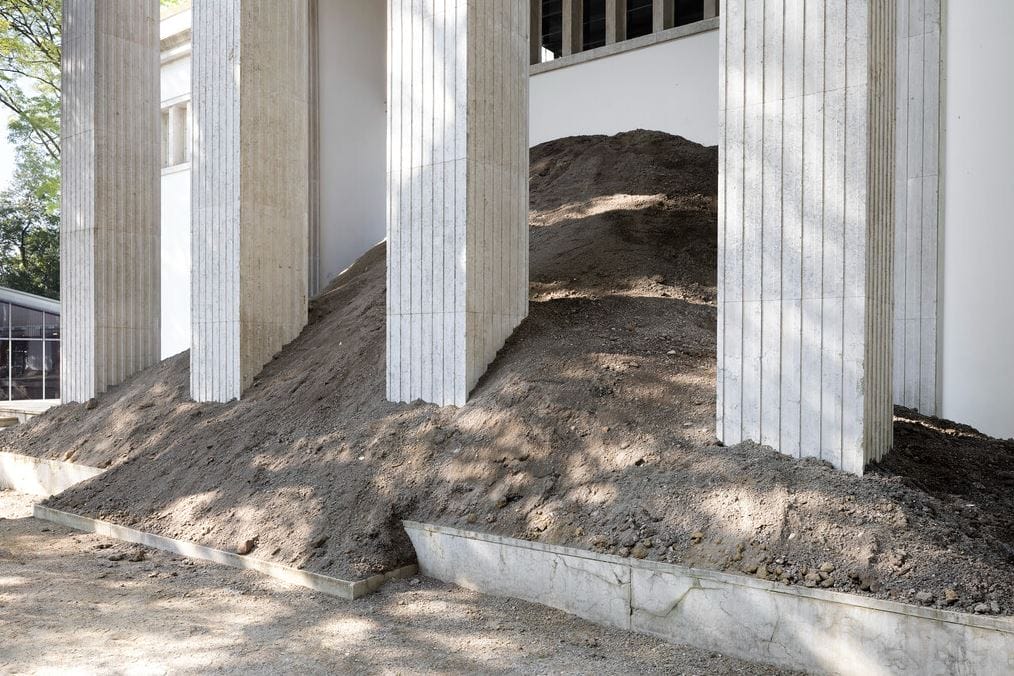
7. The German Pavilion: “Thresholds”
The German Pavilion unveils “Thresholds,” a thought-provoking exploration of the notion of transitional spaces and moments, both in time and space. This theme is intricately realized through the collective efforts of artists such as Yael Bartana, Ersan Mondtag, and a pioneering sound project on Isola della Certosa.
Yael Bartana’s work plunges into the turmoil of a world teetering on the edge of collapse, exploring survival strategies at the juncture between dystopian realities and utopian visions. Through her multimedia installations, Bartana probes the power of historical narratives and collective memory to guide us through times of upheaval, seeking pathways that might lead us forward.
Ersan Mondtag offers a contrasting perspective within the pavilion, presenting a space that unfolds a fragmented yet impactful narrative. His installation critiques the monumental aspects of the pavilion’s architecture, positing that even the smallest stories and moments have significant roles in shaping historical and future directions.
The exhibition expands to the Isola della Certosa, where artists Michael Akstaller, Nicole L’Huillier, Robert Lippok, and Jan St. Werner craft a sound environment that captures the essence of crossing thresholds. This auditory exploration complements the visual artworks, enhancing the theme of movement and change and enriching the sensory experience of transitioning through various states of being and belonging.
From immersive soundscapes to transformative uses of space and media, each of these pavilions challenge, inspire, and invite visitors to engage deeply with the art and the urgent themes it addresses. Whether it’s through reflecting on human rights, reimagining ecological relationships, or navigating the spaces between cultures, the 2024 Venice Biennale stands as a testament to the power of art to provoke thought and stimulate dialogue.
Don’t miss the chance to witness these installations first-hand, open to visit until November 24th, 2024
fakewhale
Founded in 2021, Fakewhale advocates the digital art market's evolution. Viewing NFT technology as a container for art, and leveraging the expansive scope of digital culture, Fakewhale strives to shape a new ecosystem in which art and technology become the starting point, rather than the final destination.
You may also like
FAKEWHALE STUDIO: Inside the Generative Productions
Since the latest update, FAKEWHALE STUDIO continues its research into the vast potential of generati
Milan Vagač, Natália Sýkorová, DISTANT, ENDLESS HUM at VUNU Bratislava, Bratislava
DISTANT, ENDLESS HUM by Milan Vagač and Natália Sýkorová, curated by Michal Stolárik, at VUNU B
Wade Guyton and Beatrix Ruf in Conversation with Matteo Giovanelli Following the opening of Michael Ringier’s Collection at the Langen Foundation, Düsseldorf
On April 13th, The Langen Foundation (Düsseldorf, GER) opened an extraordinary exhibition celebrati


